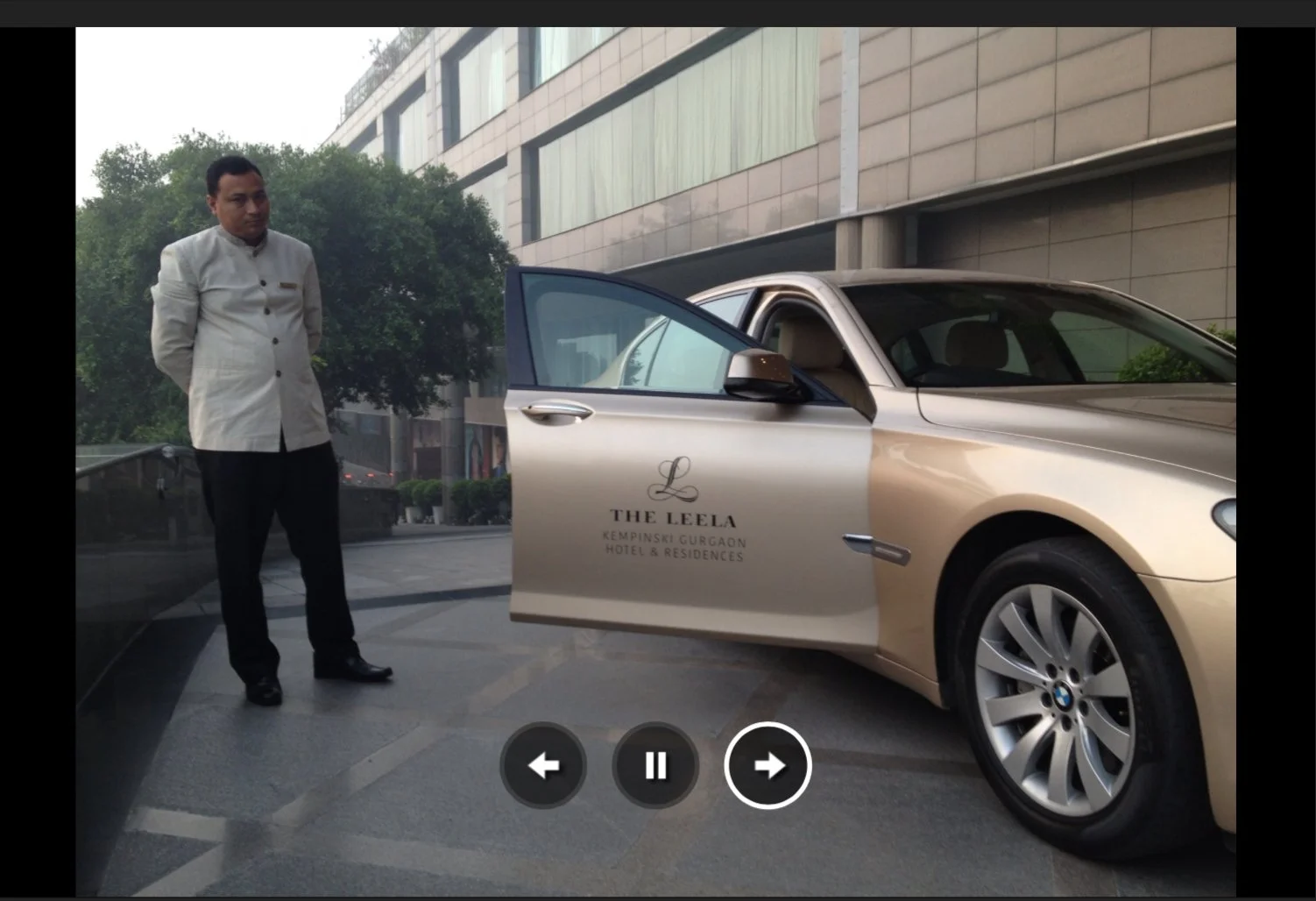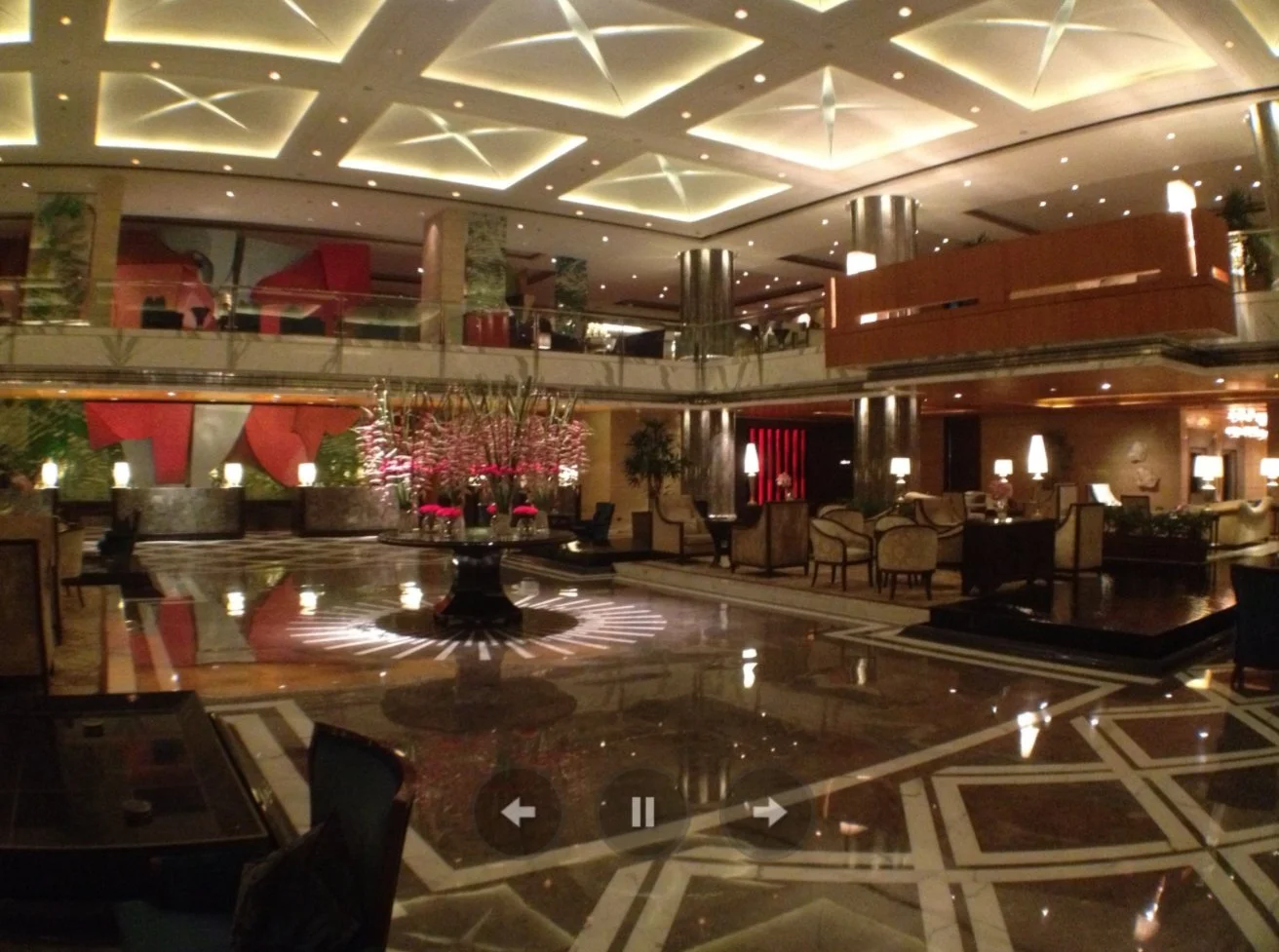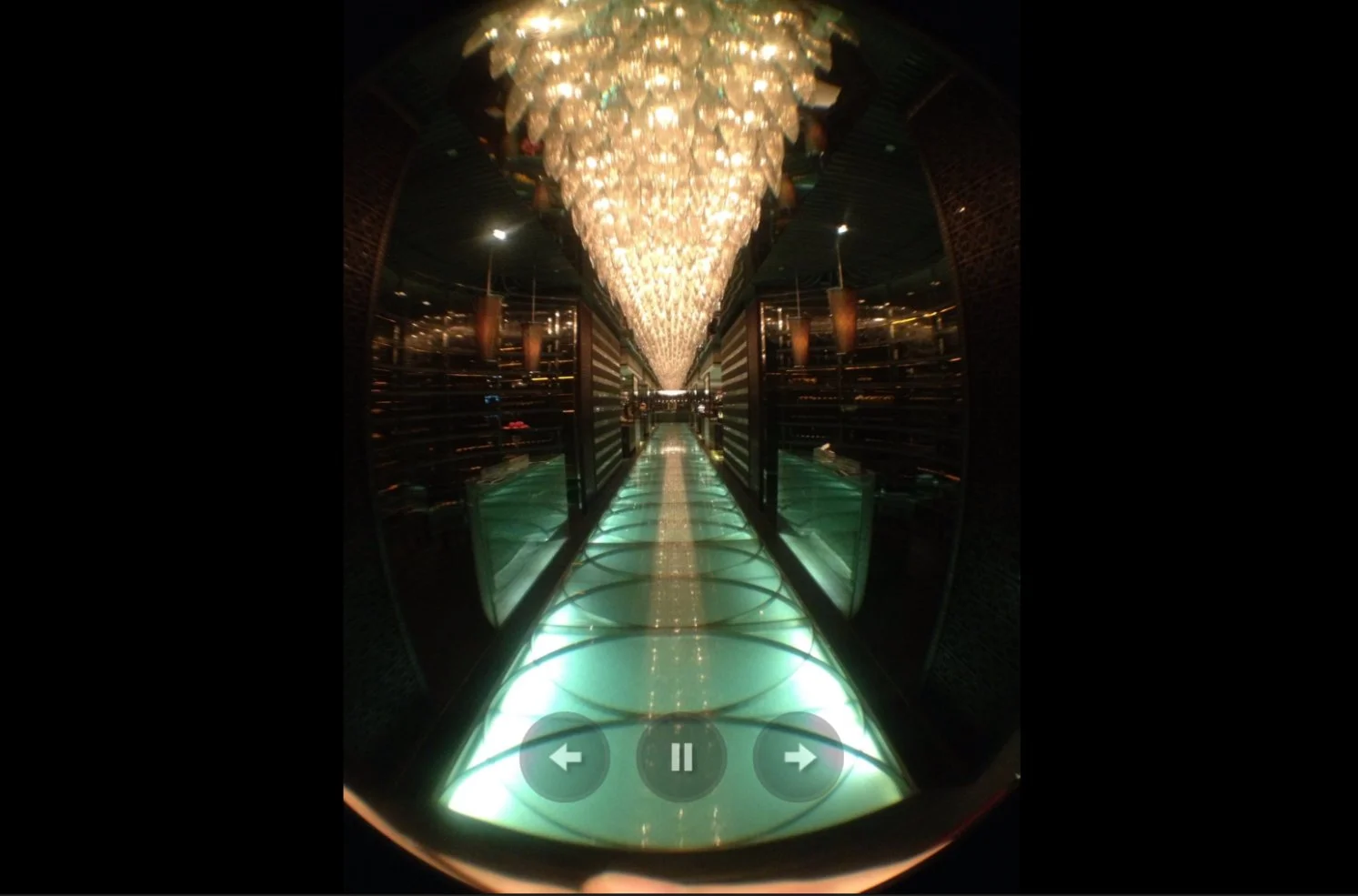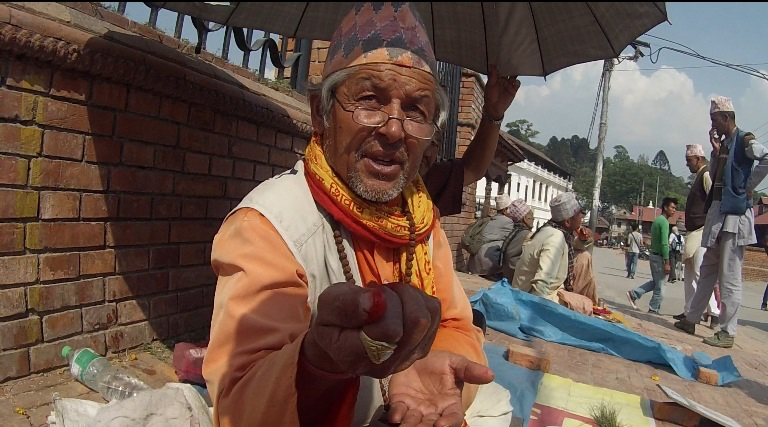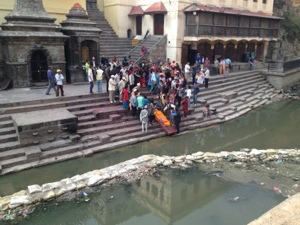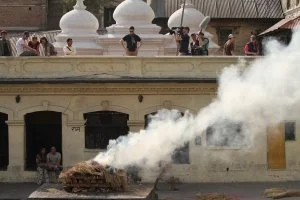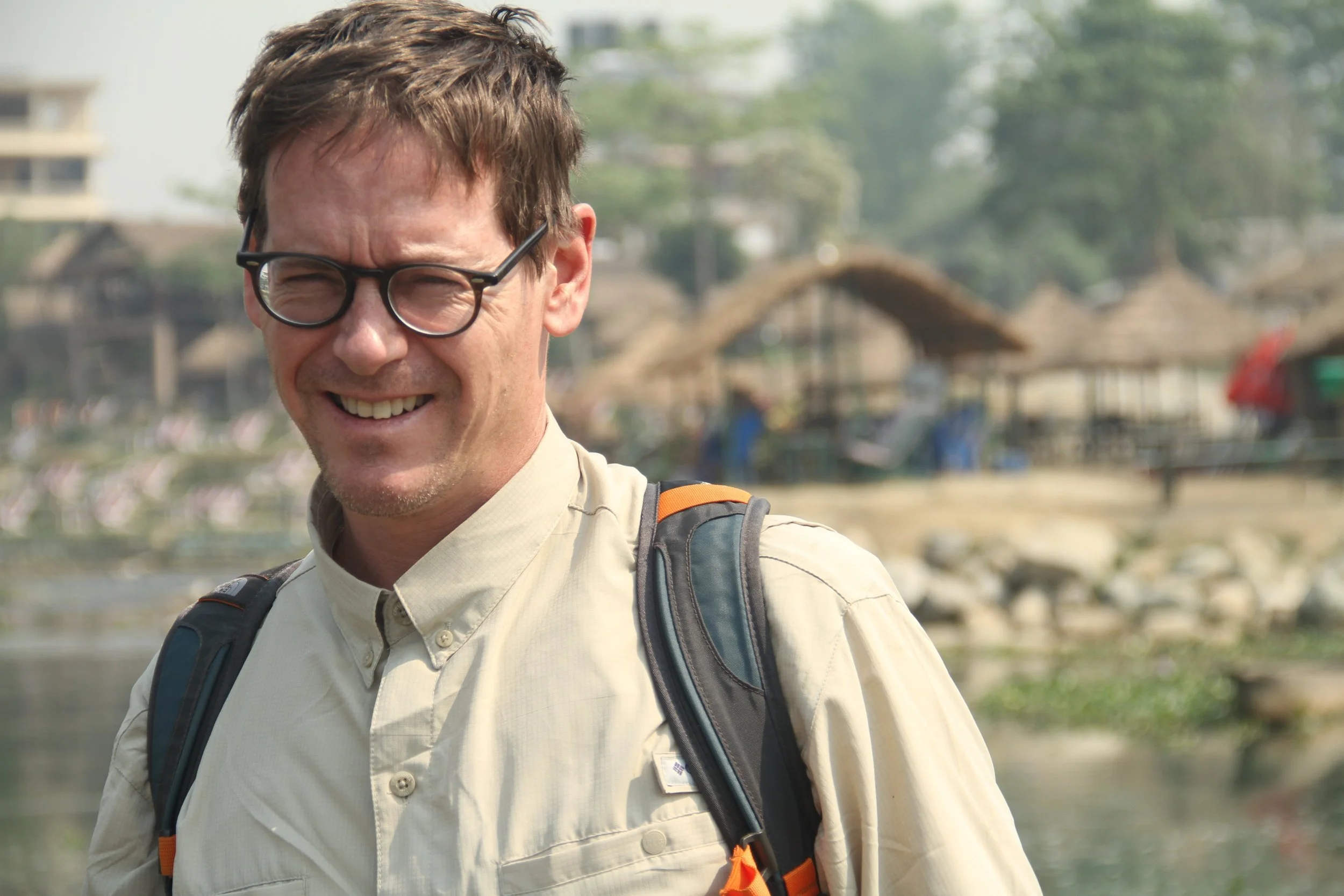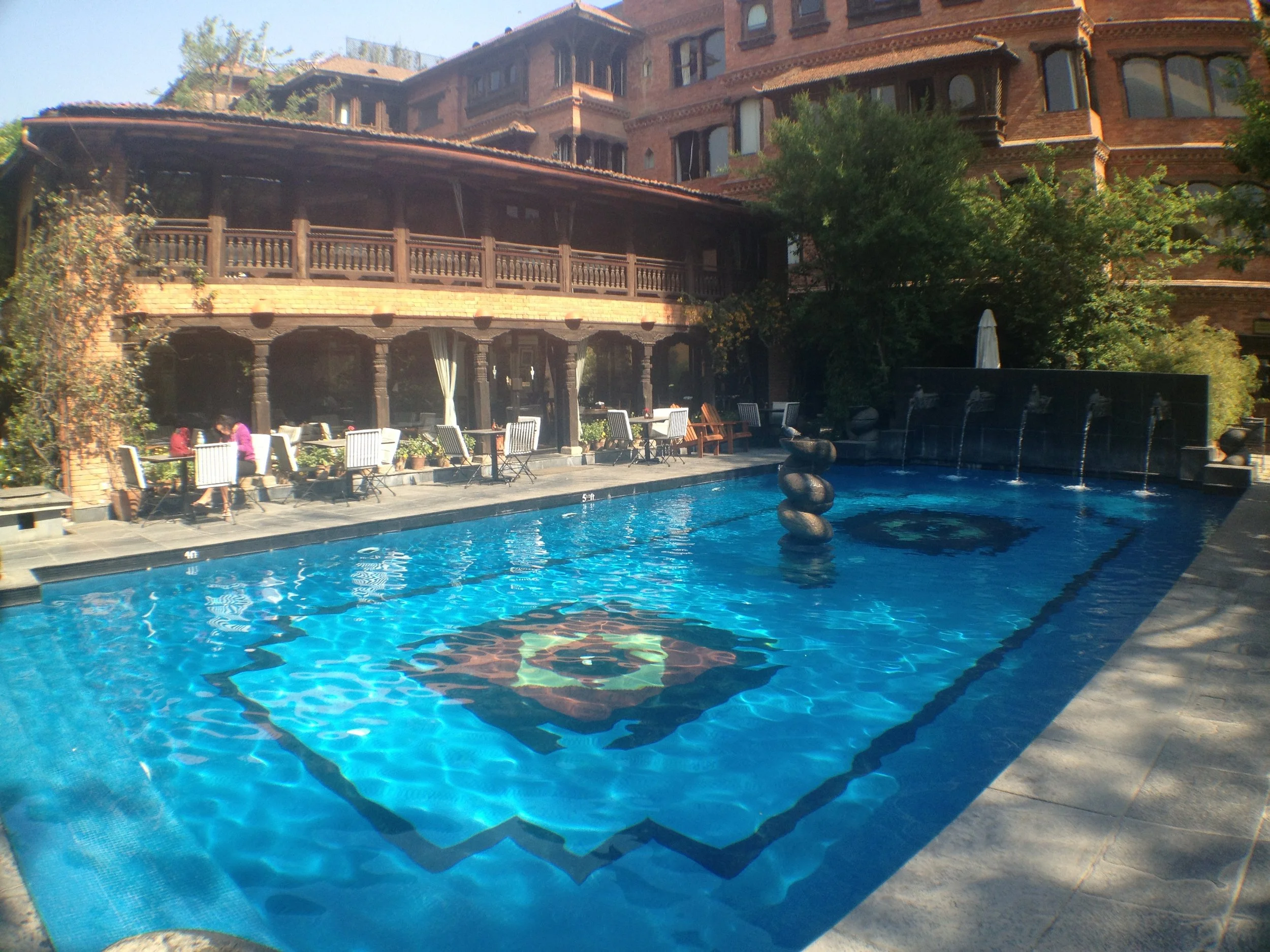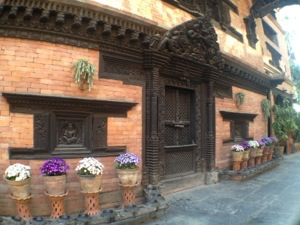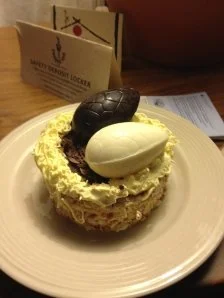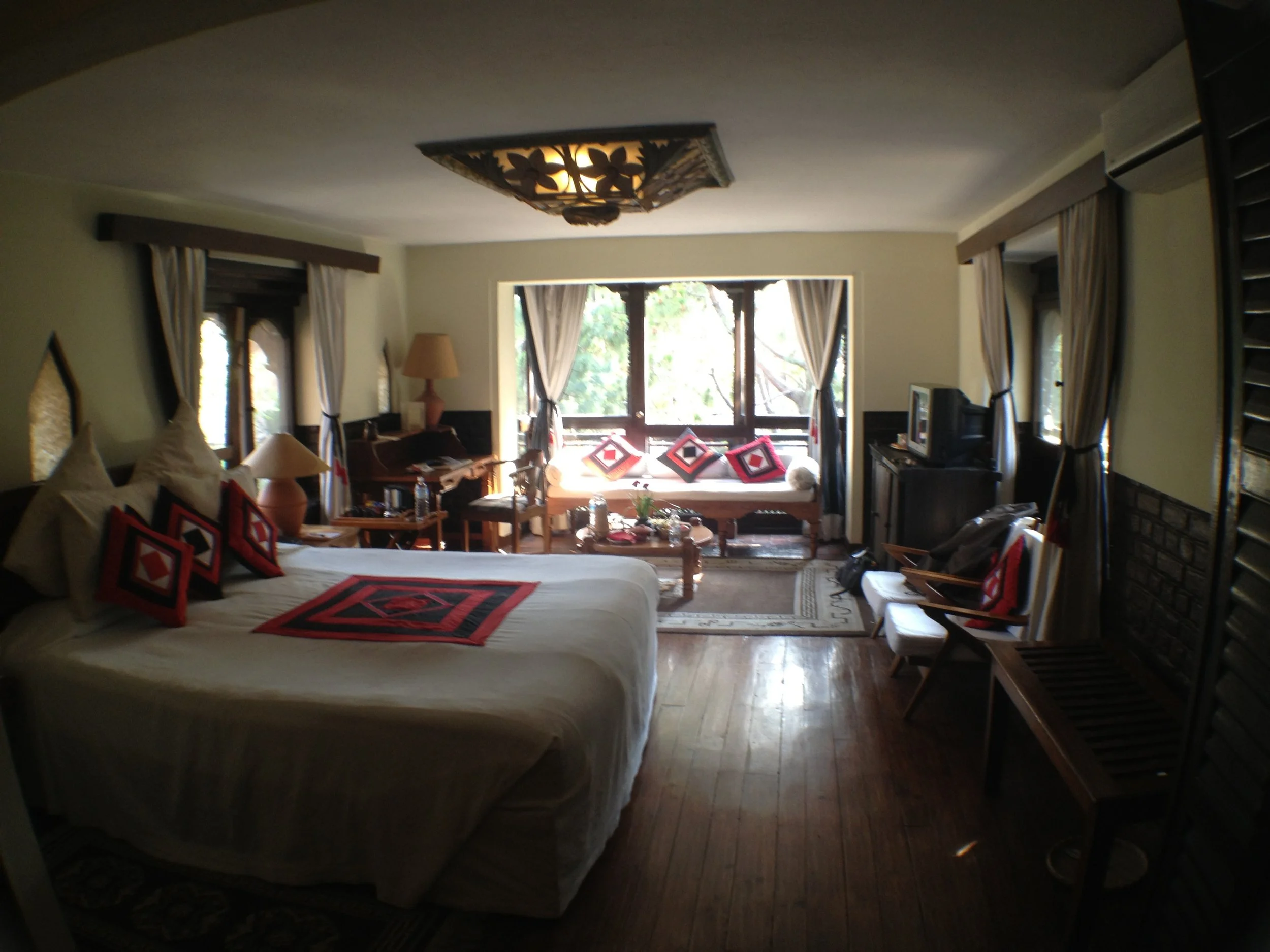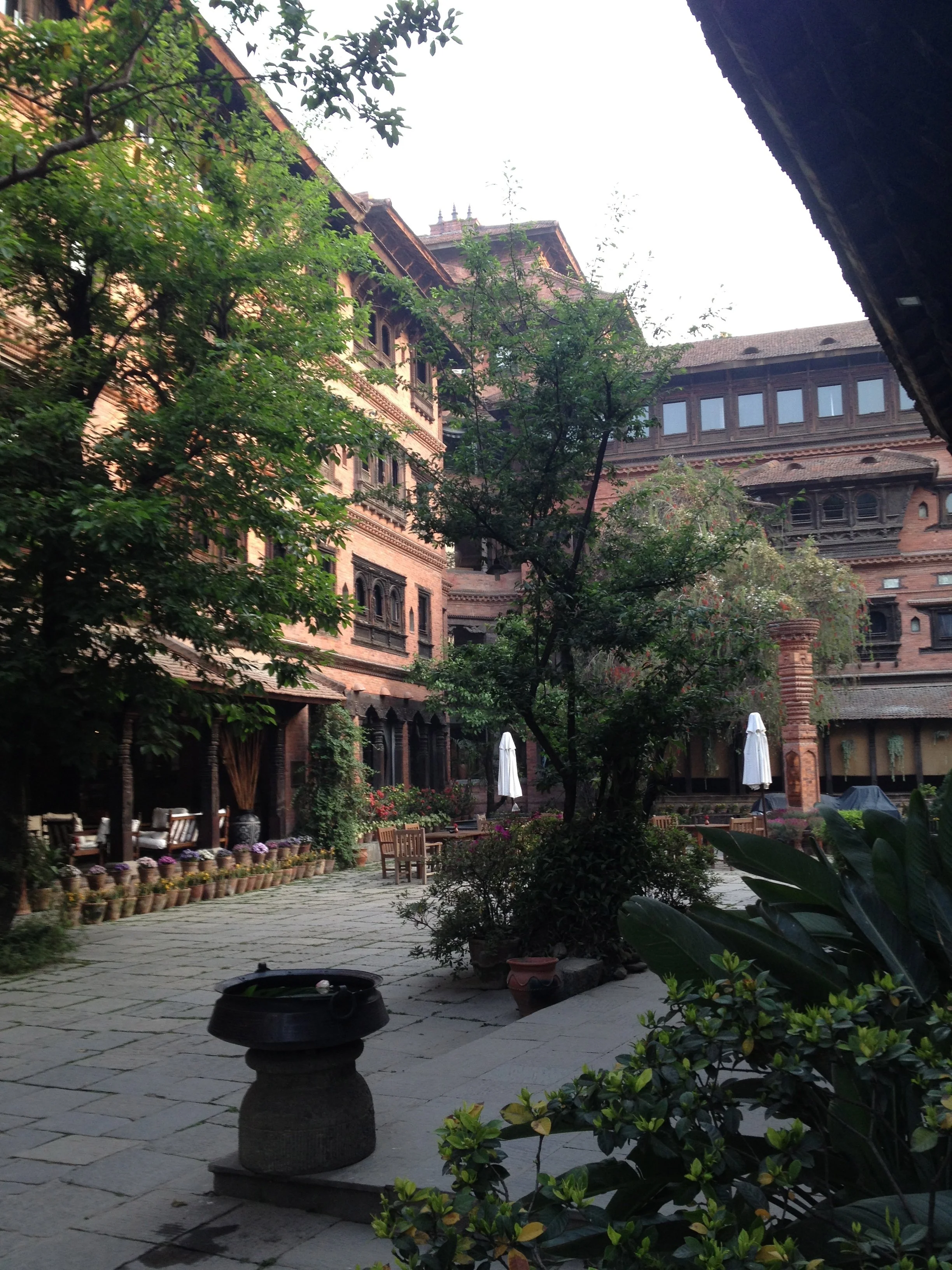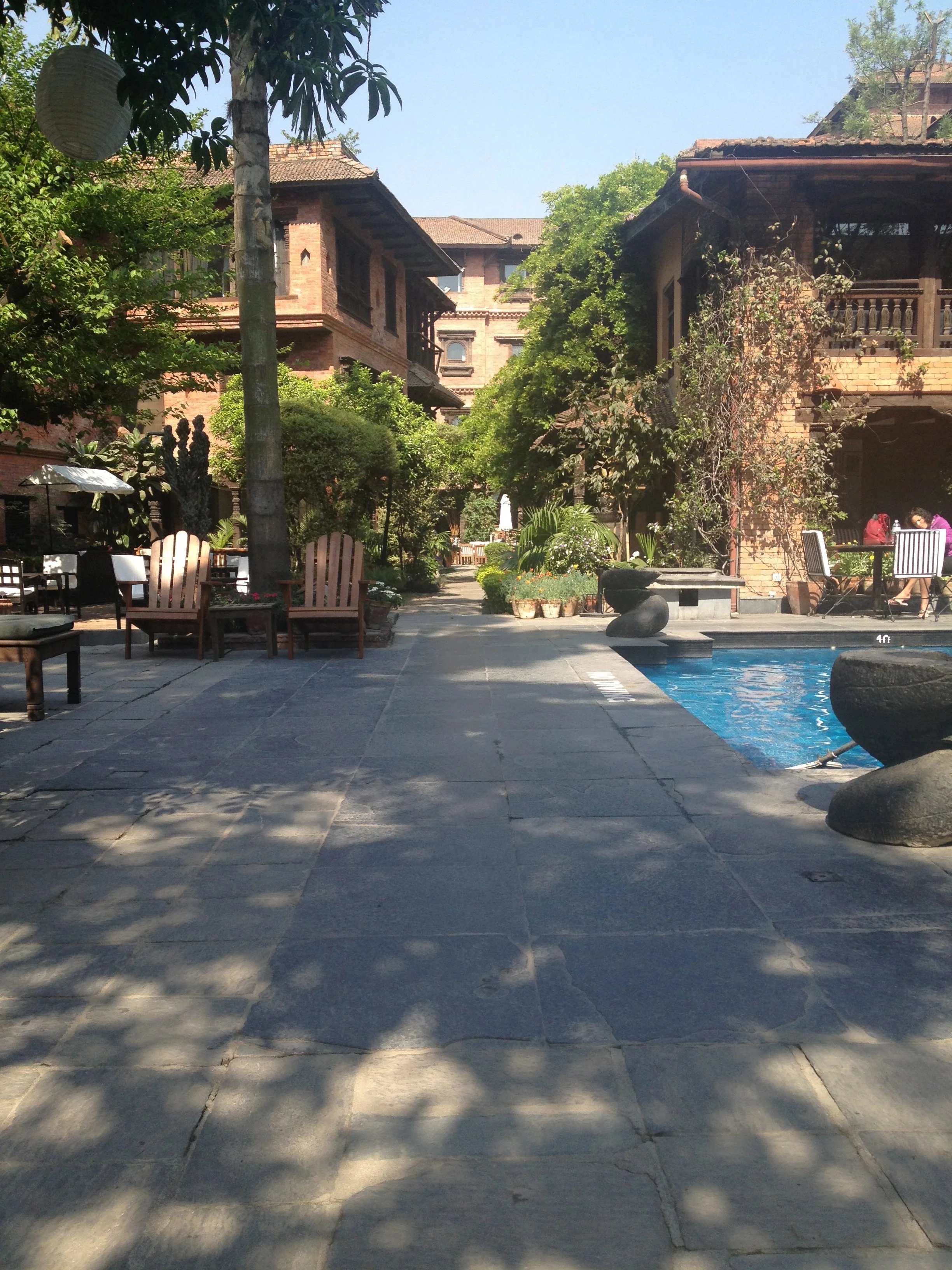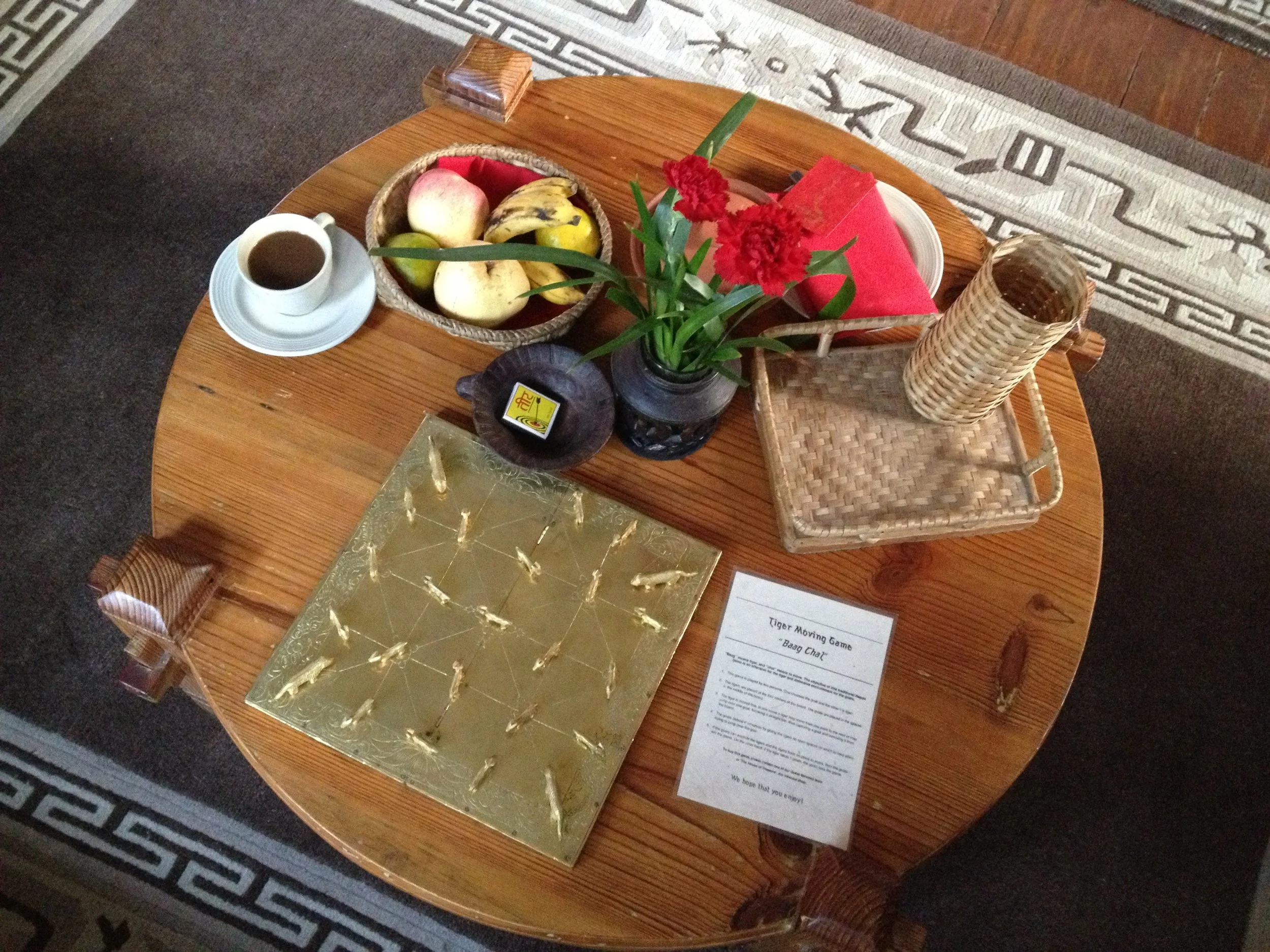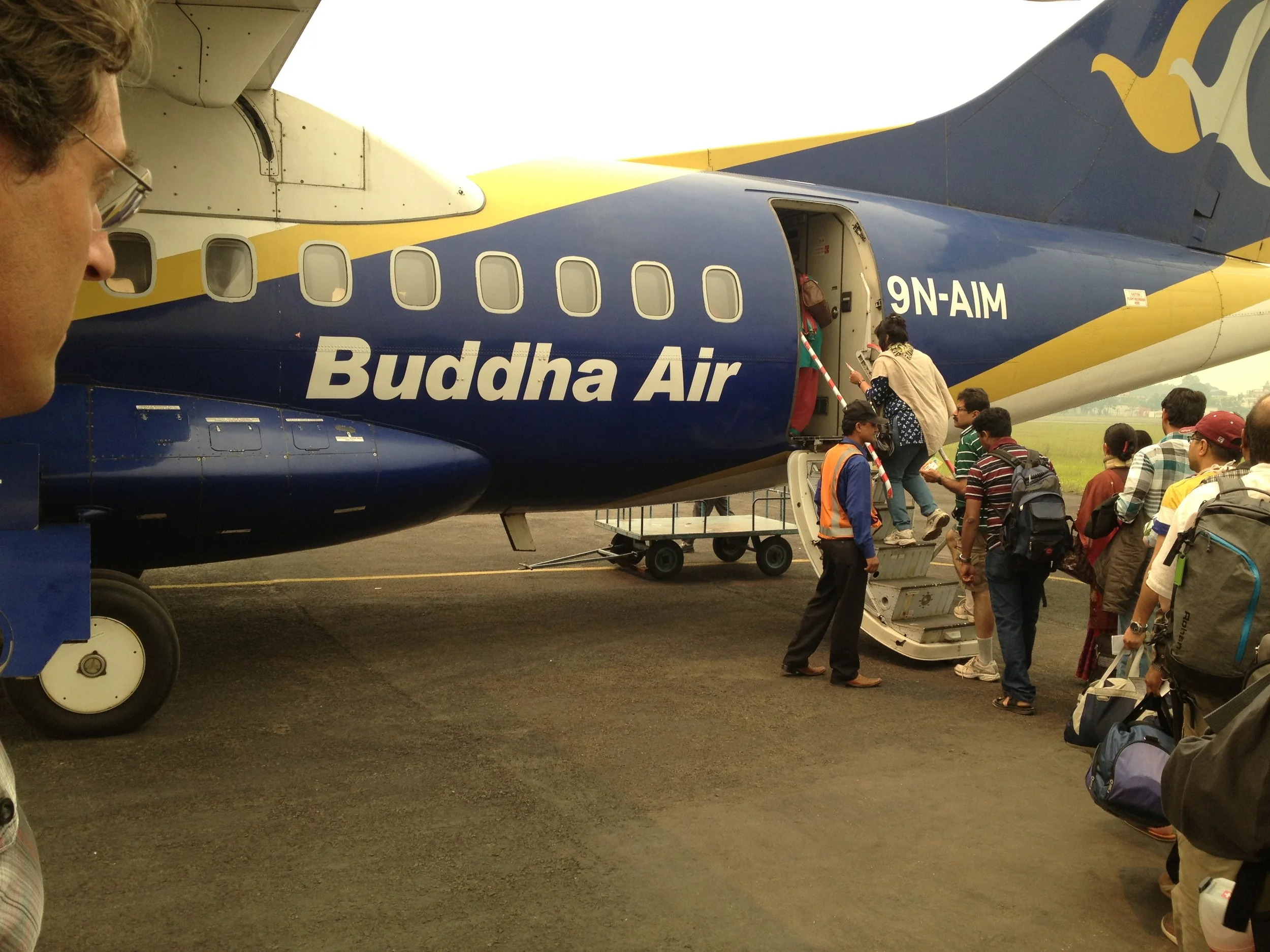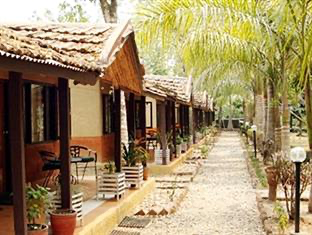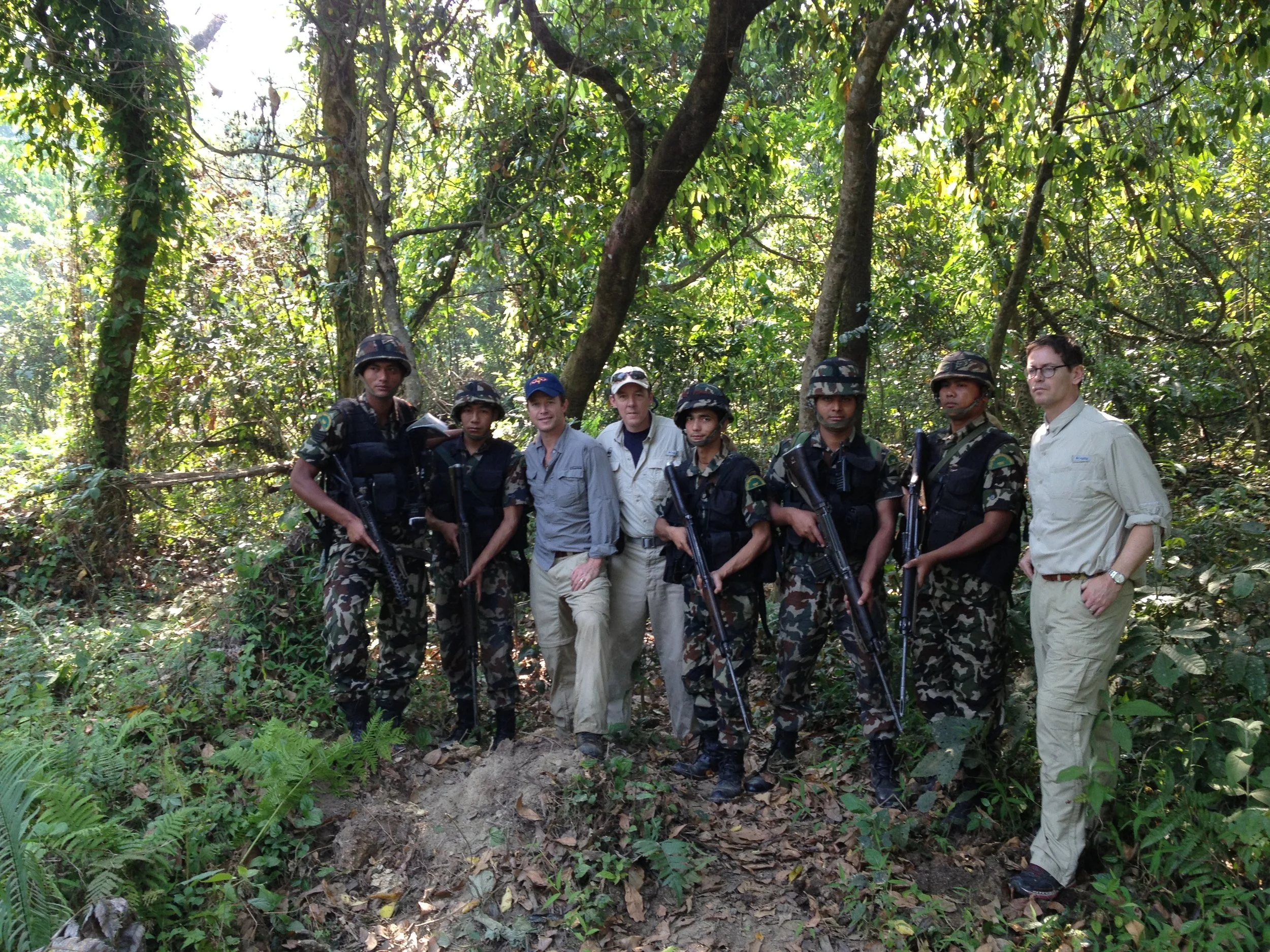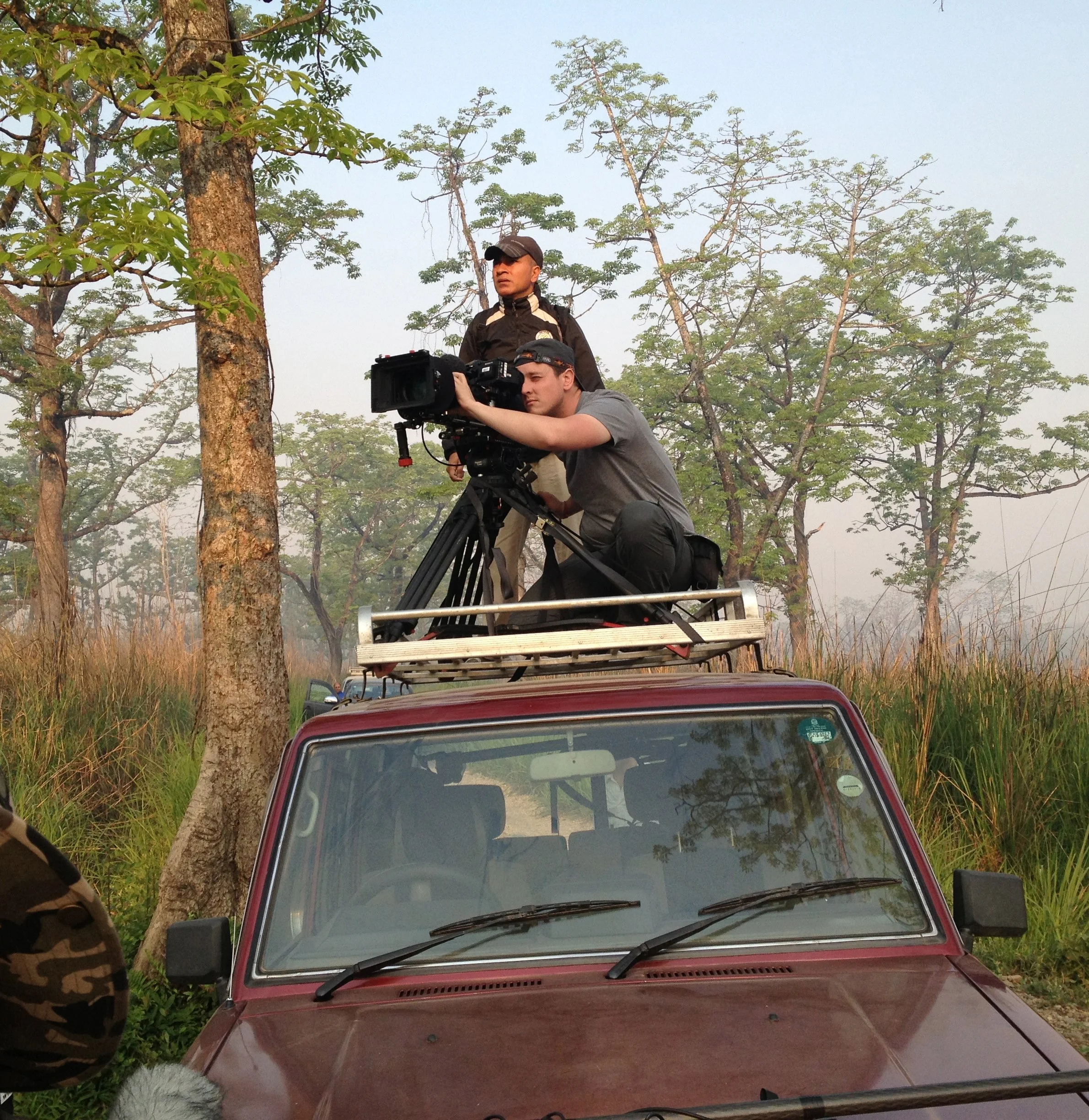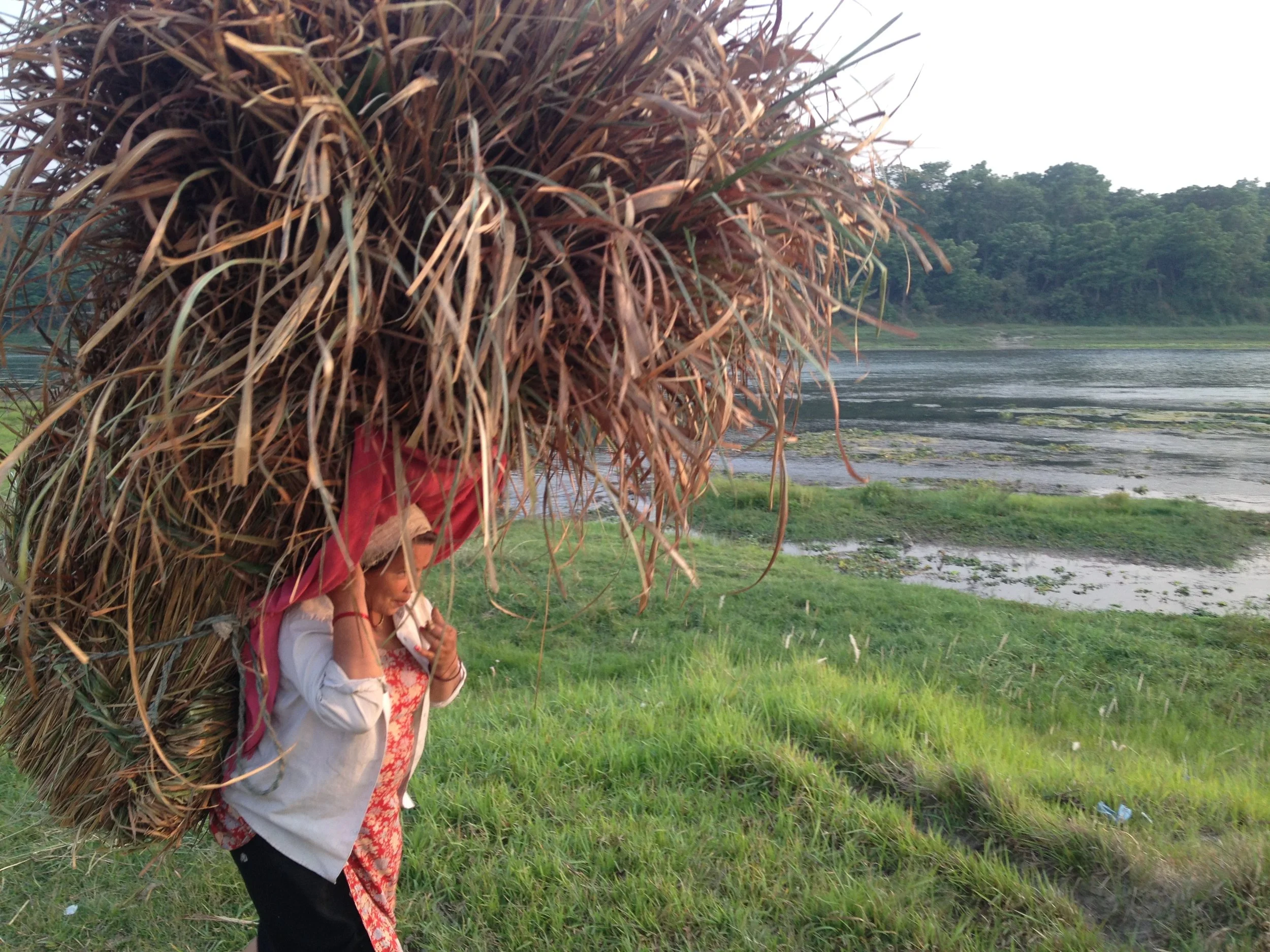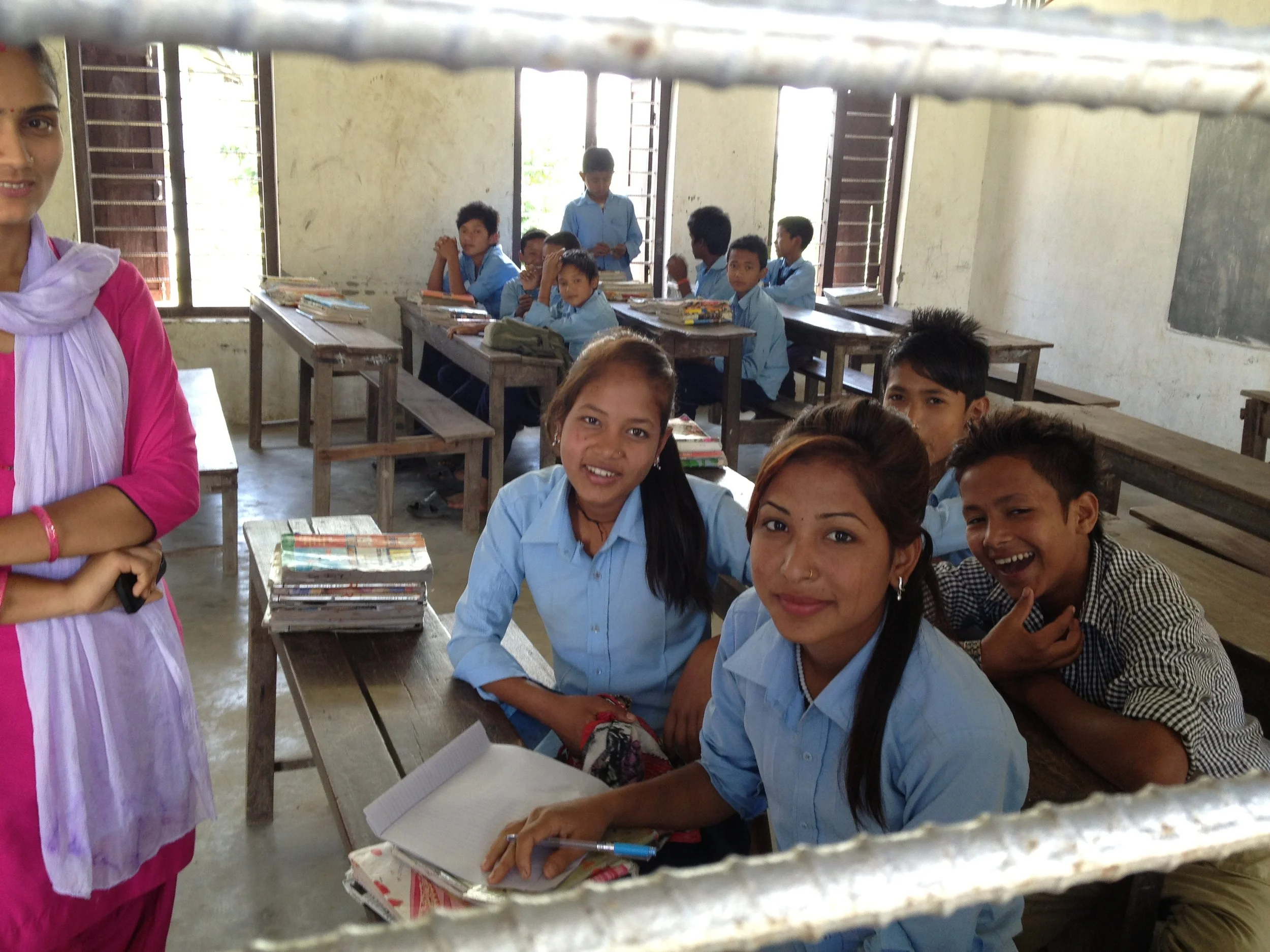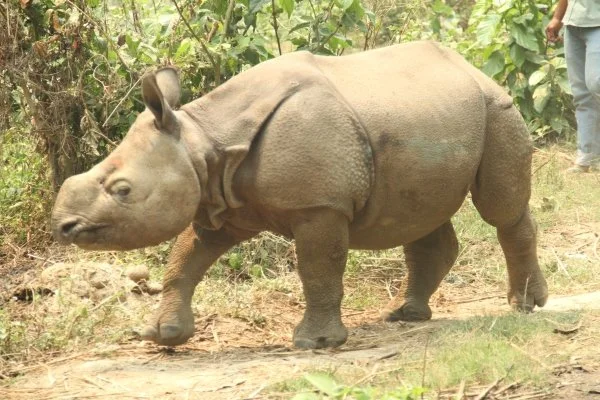
MARCH 25, 2013 - IS THIS REALLY A GOOD IDEA…?
Hmmm…….
I, the undersigned, release (name omitted) for, any direct, indirect, consequential, or incidental damage; any injury, loss, or damage to person or property; illness, death, delay, inconvenience or irregularity of any kind in connection with the provision of any good or services which may be occasioned by or resulting from any act or omission beyond its control, including, but not limited to, any willful or negligent act, failure to act, breach of contract of any third party, acts of God, force majeure, acts of war or civil unrest, insurrection or revolt, strikes or other labor activities, criminal or terrorist activities of any kind, climateconditions, high altitude, overbooking or downgrading of accommodations, structural or other defective conditions in hotels or other lodging facilities, the operation of and/or mechanical or other failure of any means of transportation or for any failure of any transportation mechanism to arrive or depart timely, dangers associated with animals, marine life or vegetation of any sort, dangers incident to any recreational activities (including SCUBA diving), epidemics, sanitationproblems, risks associated with food or impure water; lack of access to or quality of medical care, difficulty in evacuation in case of a medical or other emergency, stolen, lost, or misplaced luggage or property; theft or break-ins into vehicles, lodging rooms or elsewhere, or for any other action, omissions, or conditions.
Bonus: No mention of man eating insects…
MARCH 30, 2013 - WELCOME TO THE LEELA
Upon arriving in Delhi we cleared immigration and customs with ease, notwithstanding a visible, although not overbearing, military presence.
We were whisked off to The Leela Kempinski Gurgaon in one of the hotel’s fleet of luxury BMW 7 series vehicles.
The hotel had a palpable security infrastructure including a guarded vehicle entrance, metal detectors and baggage x-ray.
I was greeted upon setting foot in the lobby by affable, attractive, young Indian woman, Neema Sagar.
After a greeting, Añjali Mudrā – a slight bow made with hands pressed together, palms touching and fingers pointed upwards, in front of the chest, Neema offered a traditional Indian welcome which included incense and a finger of crushed rose petal touched to my brow. The expected front desk, check in process was non existent, requiring only a glance at my passport.
The Leela is a spectacular hotel, beautifully appointed in every way. Shallow pools adorn the expansive lobby, bordering elevated seating areas. Every interaction with hotel staff began with Añjali Mudrā.
Neema escorted me to my room to ensure the accommodations were to my satisfaction. The only thing missing was a twinkling eyed offer of a “Jameson, rocks – splash of water.”
MARCH 31, 2013 - ANACHRONISM
In the future yet somehow decades behind…
APRIL 2, 2013 - KATHMANDU…
Kathmandu is a dirty city. Literally, there is dirt everywhere. A city wide street widening effort compounds the proliferation of earth even to paved surfaces. Piles of dirt, bricks and dotted trash are everywhere. The air quality, already suspect, is further exacerbated by dust and dirt. A haze of pollution floats above the city. It is as third world as you can envision.
To call the pace of the city frenetic would be an understatement. For every car there seems to be a hundred motorcycles / scooters. Traffic control is non existent. Streets are chaotic, teaming, choked with pedestrians, bicycles, carts, cars and motorcycles. It was not uncommon to see small vans with ten or twelve passengers, stuffed to the proverbial gills. The cacophony of car horns is constant during the daytime.
Late night is amazingly quiet, tranquil…
APRIL 2, 2013 - PASHUPATI NATH
Passage into eternal life in Nepal is a public affair. The first shoot for the show was Pashupati Nath temple. The temple is sacred for Hindus. Non Hindu are forbidden from entering the temple. A peer into the sanctuary reveals a giant golden bull that worshipers encircle in benediction.
Non Hindus are welcome to receive a blessing from a local swamis.
Death in Hinduism is the transmigration of the soul from one state to another. The vehicle, in most instances, is cremation, providing detachment of the soul from the body. After a series of rituals a pyre is prepared most, commonly at riverside, on which the corpse is laid. The pyre is then set alight with a flaming torch. Death, under any circumstances, is an emotional experience even as an outsider.
At Pashupati this is not only a public affair but a tourist attraction. As such it is a magnate for commerce, very aggressive commerce.
Billy and the crew took in half the day capturing all aspects.
APRIL 3, 2013 - HOW IT ALL BEGAN
It was over drinks, of course.
JON – It started with Jon Miceler, a Pittsburgh native and my boarding school buddy. We remained good friends post-high school, spending a couple of summers together in Boulder, Colorado with our fellow Tilton School compatriot, Tom “Uncle Cleatus” Durham, among other life-long friends. Upon graduating from Boulder, Jon ventured off / escaped to Asia, going on to found and operate High Asia, an adventure travel and trekking guide company. Jon’s time in Nepal, Burma / Myanmar, India and China afforded him unparalleled access to remote regions, deep cultural knowledge, fluency in Chinese and substantive relationships in places where few Westerners had occasion to visit. Jon returned to the US with his Chinese bride and assumed the role of Director of Himalayan Affairs for the World Wildlife Fund (WWF).
BILLY – Next is Billy Bush, who I met when his early radio career – hosting a mid-day classic rock jock on WARW 94.7 – brought him to Washington, DC. Mutual friends, houses around the corner, spectacularly hot girlfriends (which we each married), and little fear of an adult beverage rapidly formed a great friendship dotted with seminal life moments. Billy’s career ascension, expeditious and well deserved, is also well documented.
HOWARD – Enter Howard Owens, president of National Geographic Channels, who Billy introduced me to. An A+ man, Howard was dispatched to DC from Los Angeles, upon taking the NatGeoTV helm. Howard’s Hollywod creds include Biggest Looser, Master Chef and The Office. He arrived in the DC months in advance of relocating his family. Being that Billy, Howard and I are huge fans of the NY Giants, Billy felt it was important that Howard have a fellow G-men compatriot in the land of the Redskins. Sundays were spent with Howard watching games, culminating in the Giants Super Bowl victory over the New England Patriots (for the second time).
Going back to drinks. I caught Jon for dinner on one of his occasional returns to WWF’s DC HQ. Over a bite and general catch up, laughter at the good old days, Jon mentioned the need to find a recognizable voice to help raise awareness of abominable elicit animal trade, pervasive in Asia.
We retreated to my home and shared our conversations with my wife, Stephanie. After sharing initial celebrity suggestions, Steph quickly, and decisively, set us on the right path, “Billy”. Two national TV shows, 100+ radio stations and an indoninable personality instantly made Billy a great potential candidate.
The next fit was a natural, Howard and NatGeoTV. Jon and I retuned to Georgetown’s Peacock Cafe, where Howard joined us and the concept of Billy Bush and Wild Nepal was born. Now, we just needed Billy on board. After a furious email exchange, Jon was dispatched to LA to meet Billy and solidify his commitment.
As the video above testifies, Jon’s trip was successful.
APRIL 4, 2013 - DWARIKA’S…, THE OASIS
Dwarika’s Hotel is an oasis from dust, noise and general insanity of Kathmandu.
An indescript frontage belies the tranquity that lies within. A single, guarded doorway provides entry to a beautiful courtyard. An elevated, outdoor living room, flanked by several plush seating areas, steps down to the larger courtyard.
As the brochure accurately conveys, “The hotel houses an extensive collection of artefacts from the 13th century onwards, and the buildings and courtyards house some of Nepal’s best craftsmanship – capturing the beauty and spirit of an ancient city. The amalgamation of Nepal’s heritage with its longstanding tradition of hospitality makes The Dwarika’s Hotel in Kathmandu an intimate experience of a refined Nepali lifestyle.”
In the late 1950s, Dwarika Das Shrestha bought the land upon which The Dwarika’s Hotel is now located and built a small home.
The Dwarika’s Hotel was registered in 1977. The idea behind the hotel was to revive the architectural splendour of the valley. All the terracotta work was made in the valley, using local clay and skills. Dwarika Das Shrestha and his wife also incorporated elements of Nepal’s diverse cultural heritage, including those from beyond the valley, when designing the rooms. The furniture was crafted by families of traditional carpenters, and the linen, textiles and embroideries were hand woven and used Nepali patterns. In all purposes, Dwarika Das Shrestha took the best of Nepali culture and presented it in a way that had not been seen before.
Sangita Shrestha, Dwarika’s daughter, family now operates the hotel.
We enjoyed several drinks discussing the hotel’s history, appointments and Newari culture while Widespread Panic‘s Diner, Ride Me High and Red Hot Mama serenaded the room (I could not help myself).
APRIL 7, 2013 - INTO THE BUSH…
After filming scenes at the Katmandu temple, perusing the street bazaar and enjoying a couple exceptional nights at Dwarika’s (did I mention former President Jimmy Carter was a fellow guest?), we headed back to Kathmandu airport for a short flight on Buddha Air to Chitwan Airport.
Chitwan National Park is Nepal’s first National Park and a World Heritage Site. Covering 360 square miles, it is located in the subtropical Inner Terai lowlands of south-central Nepal in the Chitwan District. In the protected northern and western areas, the Narayani-Rapti river system forms a natural boundary to human settlements.
Our temporary home, bordering Chitwan on the Rapti River, is the rustic Safari Narayani Lodge. Perched on a bluff above the river the lodge, it is comfortable for being deep in the bush.
The lodge is comprised of a main building, a tile floor, and covered deck steps that leads to a stone covered plateau, which offered a panoramic view of the grasslands and the river. We rest our heads in bungalows surround the main building, each with twin beds, hard as your kitchen counter, and a bathroom that comprises of a toilet, sink and shower all in one space. Hot water is available for 90 minutes, starting at 5:30 pm. Since the temperature soars into the high 90s, a cold shower is not necessarily unwelcome.
Meals, served as buffet, are delicious. Evenings, after long days, are wallowed away over great meals, the local lagers “Gorkha” or “Everest,” my trusty Jameson – until the bottle was gone after one big feed and endless laugher. Mealtime is when we review the day, and get clued in on the next day’s briefing.
APRIL 8, 2013 - THE SWEEP
Our first full day in the bush found us teamed up with park officials, the Nepali army and a phalanx of Pachyderm. It was clear, at this juncture, that we had especially unique access to people, practices, procedures and remote regions of the park. Tourist time was over.
The challenge with remote access was often getting there. The roads of the Chitwan District and the park are a combination of potholed asphalt, dirt, gravel and sand. The torrential rains and flooding of an annual monsoon season leaves the roads perennially, and deeply, pockmarked. Even a brief car ride was a good shake. A couple hours in a largely suspension-less truck was organ rattling, bone jarring.
The mission of of the morning was “the sweep,” a multi-elephant patrol of a specific area of the park in search of undocumented animals, flora / fauna inventory and evidence of poaching activity.
For this trip several of us went bareback on our elephants, abandoning the stand, or huta, in trade for a folded blanket as a seat and ropes as our stabilizers / handholds. We learned from the seasoned WWF team that sidesaddle was the most comfortable way to go.
APRIL 8, 2013 - BIOGAS, A LIFE CHANGER
Life in the Chitwan District is beyond tough. It is one of the most challenging places on the earth so subsist. Previous to a government led mosquito / malaria eradication program in the 1950’s only the indigenous people could survive based on a genetic immunity to malaria.Temperatures during the day consistently reach into the upper 90s and beyond. Insects are prevalent. Disease, long gone in the western world, plagues the population. Wild animals, notably tigers and elephants are a constant threat. During the monsoon season rain is unending and torrential. Back breaking labor begins before sunrise. Women do most of the work. The average household income is less than $500 per year.WWF‘s most meaningful contribution to Nepal might be biofuel. In a completely unscientific explanation, biofuel is created through combining cow dung and human feces, both prevalent. The resulting gas powers stoves for cooking and provides electricity.It is a life changer on many levels. The hours, typically spent by girls and young women, foraging for fire wood and subsequently hauling bundles, exceeding their own weight, back to villages is considerably lessened. It is estimated that an average-sized biogas plant saves three tons of fuel wood per year. 6,000 pounds of weight off the back of women and girls. This affords time for school. Education breaks a cycle of servitude to survival and enables progress.All the WWF promoted biogas plants have a toilet attached to them, improving household sanitation. Biogas also creates additional health and social benefits by dramatically lessening smoke from wood burning in the home, which significantly reduces women and children’s vulnerability to acute respiratory infections. An important economic benefit from biogas is the organic slurry created from operating the plants: the residual by-product is a superior, odorless organic fertilizerthat enhances agricultural yields and reduces the need for farmers to purchase commercial fertilizer.WWF’s efforts have demonstrated to many in the global development community that biogas plants are proven, innovative investments that directly support conservation and create measurable economic benefits for local communities. Life changer…APRIL 8, 2013 - BIRU, BABY RHINO
This trip was unique in so many ways but the up close animal encounters were particularly special. As a result of being with NatGeo Wild and WWF, we were able to touch animals that most will only see from afar.Biru is a baby, female rhino. Attacked by a tiger, her mother fought off the Bengalmonster cat but assumed her child was mortally wounded and left her for dead. National Trust For Nature Conservation folks saved her and nursed her back to health.APRIL 10, 2013 - ELEPHANT BATH
APRIL 10, 2013 - THE TIGER
There is nothing more primal then the echoing roar of a wild, angry, imprisoned tiger – it triggers a raw, bone chilling fear that is hard to convey. The tiger we saw had been captured after mauling a villager. He was confined to a wooden-fenced pen, approximately a fifty by fifty foot square, walls twenty feet high. It was littered with bones.According to our experts he was “small,” 3 to 4 years old, 400+ pounds, 7 feet long, not counting his tail. His older brethren might reach 11 feet in length, 700+ pounds – the largest of the big catsand third largest carnivore currently roaming the earth – a canine tooth as long as 3 inches.He paced angrily along the same wall occasionally throwing a venomous stare at our elevated position. Tigers are said to hold grudges. I expect this particular tiger harbored many.When I attempted a closer, ground level, view through the thin slats of his prison walls the tiger launched forward from across the pen, raising up mere feet before me letting out a guttural, near deafening, wide mouth, roar. The jungle shook. For a millisecond it was as if the wall was gone, the beast’s entirety was before me. I was a second from a certain, violent death. I will never forget that moment.
